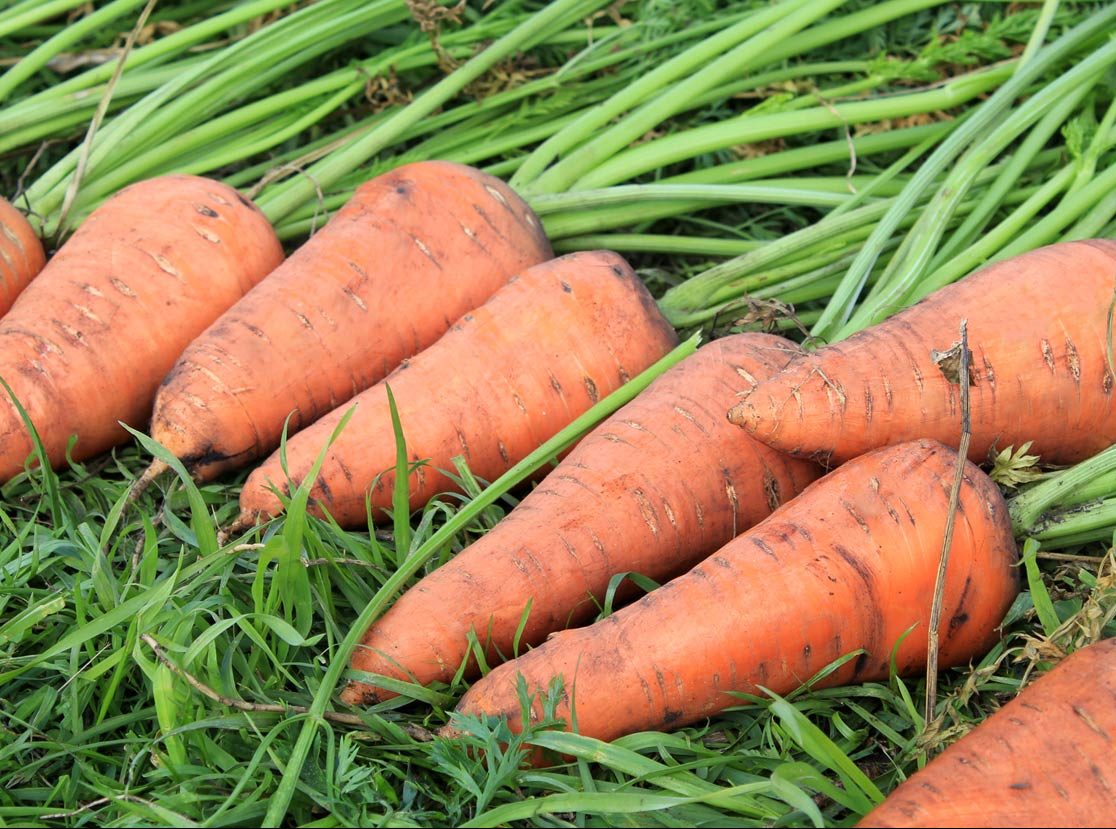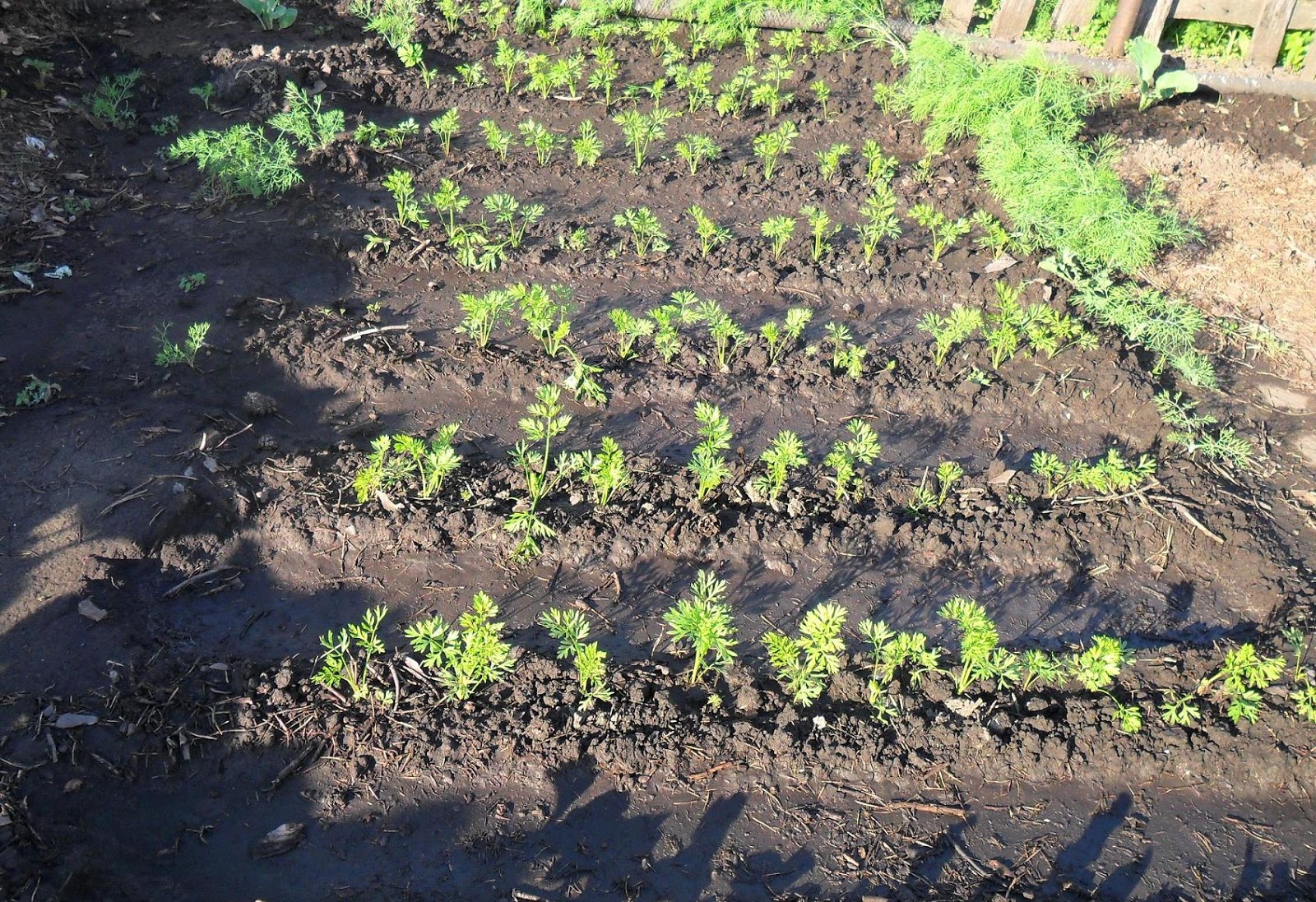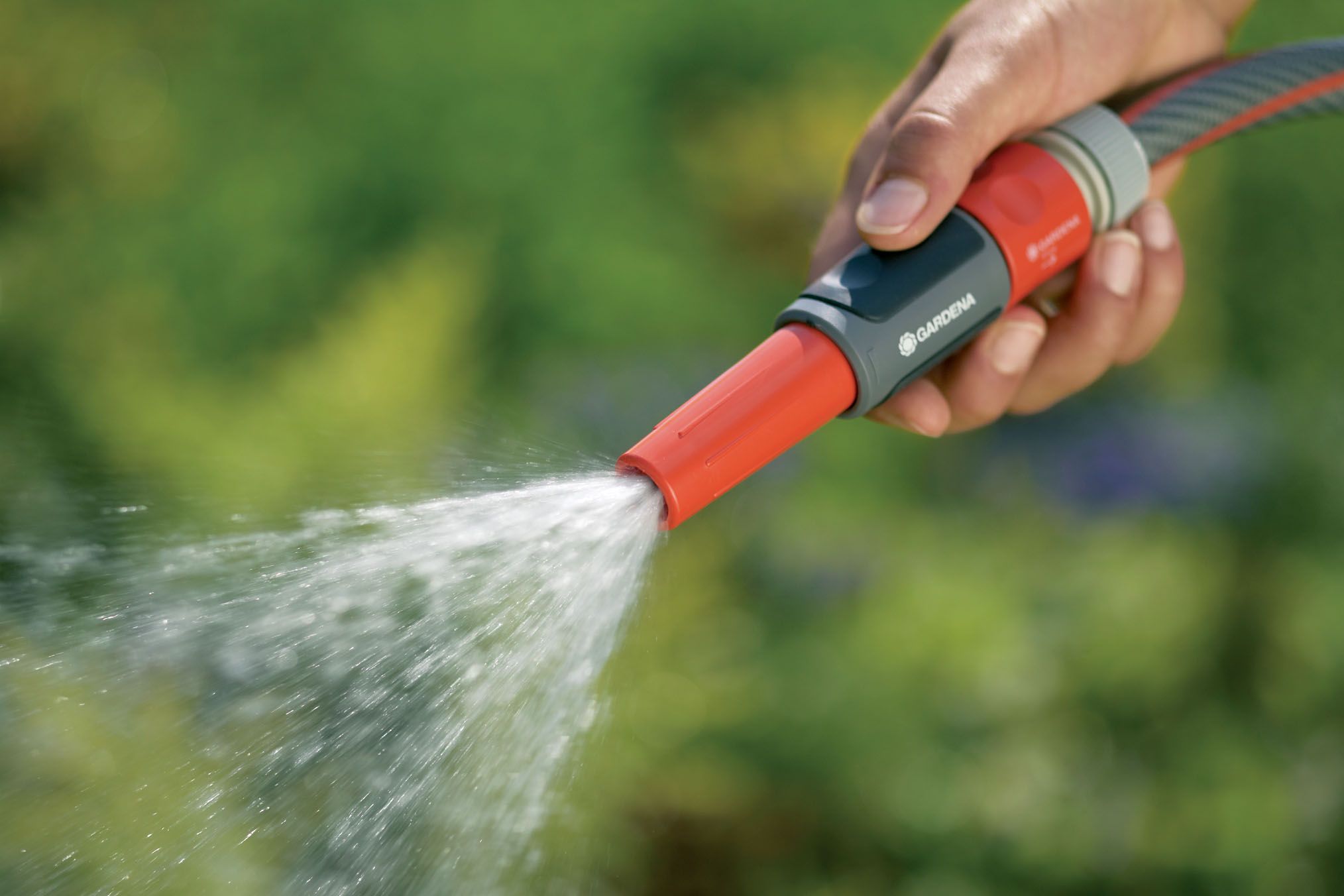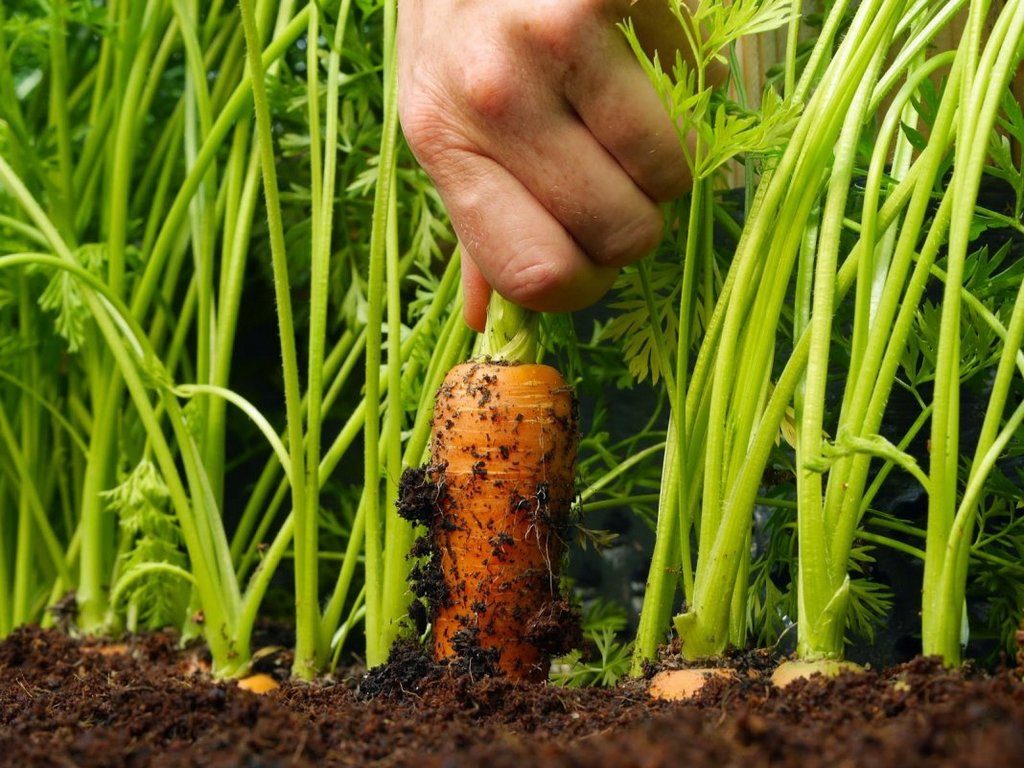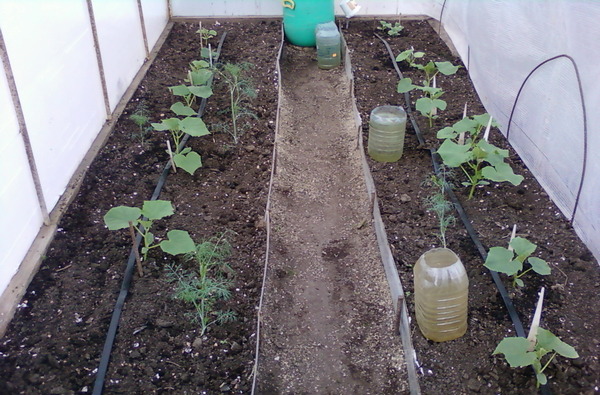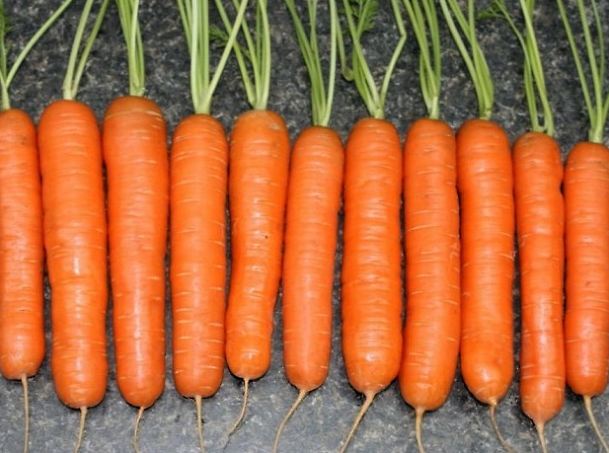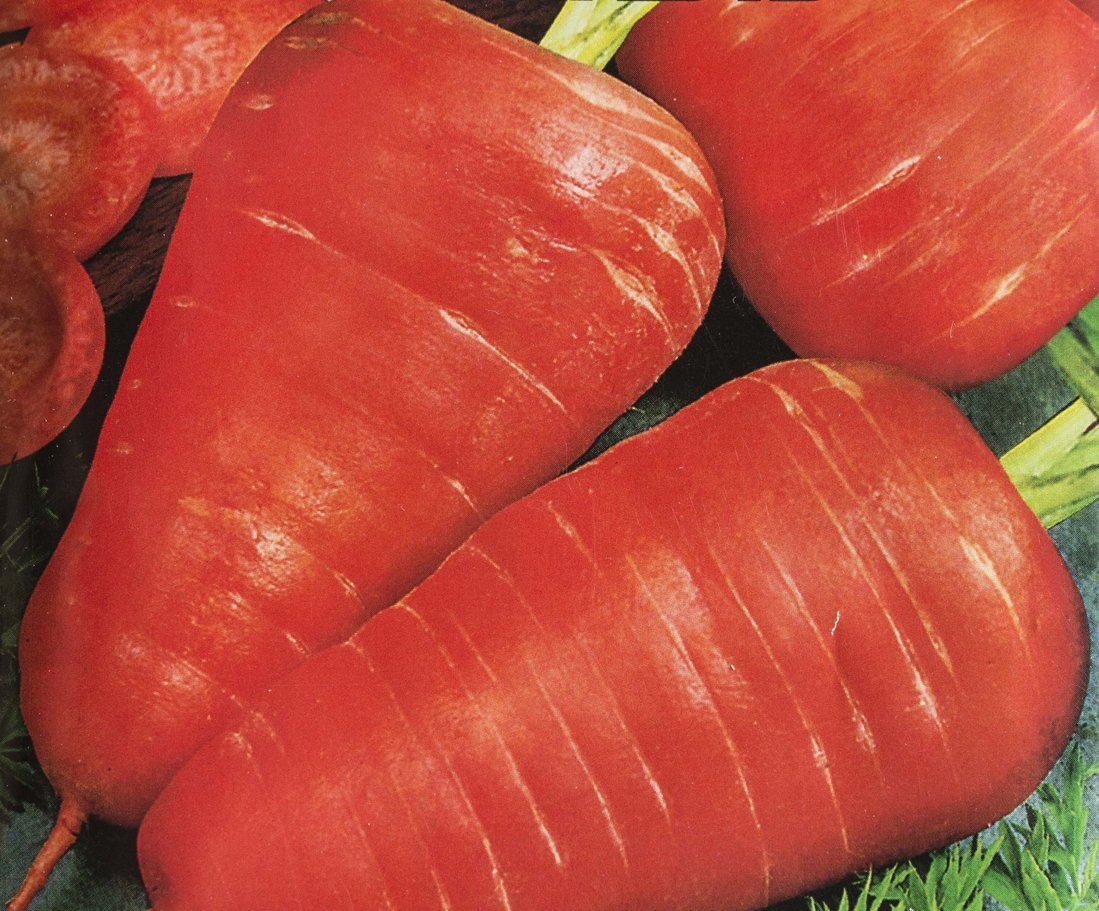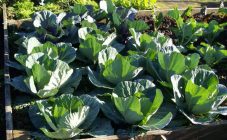Content:
The well-known carrot belongs to unpretentious and easily propagated plants, which are also famous for their usefulness and excellent taste. The bright color of ripe carrots and a slightly sweetish aftertaste give them additional attractiveness, which is especially in demand in the culinary business.
But before you get a very tasty and at the same time useful garden product, it will take a lot of effort. First of all, this concerns the competent organization of watering carrots after planting (some amateurs do not fully realize its importance).
In reality, watering carrots is a responsible procedure that contains a number of important points. Consider the care of this crop in terms of the correct approach to the organization of its watering.
The importance of the procedure
Watering is not only important, but also vital for the carrot fruit, as it allows you to maintain soil moisture at the desired level and ensures its further growth.
Specifically, this is expressed in the following unpleasant manifestations:
- Firstly, with a lack of moisture, carrots grow, as a rule, very hard and have an unpleasant taste and practically inedible core;
- Secondly, with excessive watering, leading to an excess of moisture in the soil, the growth of root crops can slow down, and they themselves become unattractive in appearance (clumsy);
- In addition, in this case, the most valuable nutrients begin to leave the root crop into the tops.
Such carrots, of course, do not please a novice gardener who has not fully mastered the techniques of watering it after sowing in open ground.
Basic rules for watering
In order to prevent all kinds of deviations in the development of the root crop, a number of recommendations have been developed regarding how to water the carrots after planting.
They all ultimately boil down to a set of the following rules:
- In order to avoid disturbances in the development of carrots, it is recommended to water the beds after the required period of time;
- In addition, the amounts of water used for each regular irrigation should be approximately comparable in volume;
- The rate of its consumption (how much is required for one watering) is allowed to change only if a new stage in the development of the fetus has begun;
- At the same time, the principle of organizing the process itself remains the same - it must be carried out at regular intervals.
Another question often asked by gardeners is: how often are carrots watered after planting? To answer it, it should be remembered that at first any plant forms roots that need a lot of moisture. But in this case, as in general with watering procedures, one should not "overdo it" with soil moisture.
The volume of water intended for these purposes is recommended to be divided into 2-3 parts, used in several steps. With each new watering, the depth of moisture should be controlled and the soil should be loosened so that a hard crust does not appear.
After the roots of the plant have formed a little, and it itself begins to release greens, the frequency of watering should be reduced to 4-5 times a month. As soon as the full-fledged tops of the carrots are formed, and the root crops gradually gain weight over the past summer, the volume and frequency of irrigation procedures can be increased again to the previous indicators.
By the end of summer (about August), the frequency of watering can be reduced, since the root crops have already been finally formed by this time.
As for the question of the quality of the water used for irrigation, the best option for carrots is the use of ordinary rain moisture, accumulated in specially designated containers.
In dry weather, which does not please with an abundance of rain, only well-settled liquid should be used for irrigation. Even well water intended for the same purposes can only be used a day after it has settled well and warmed up to normal temperature.
Pre-sowing and post-sowing irrigation
Whether or not pre-sowing watering of carrots is necessary depends on the planting time, selected individually for each area. If early spring is taken for this in central Russia, such watering is not required, since the land is already sufficiently moistened by this time (due to melt water).
For the southern regions, the soil at the place of planting of root crops dries up much faster, especially if the winter turned out to be little snow. In such a situation, before sowing, you should additionally saturate the topsoil with water, doing this very carefully and avoiding waterlogging. But first you need to dig out the ground and decide how deep it should be impregnated.
With the option of summer or autumn planting, the garden allotted for carrots should be thoroughly shed a few days before sowing the seed.
With the onset of the summer heat, the topsoil at the planting site can be dehydrated again, which makes it necessary to re-irrigate.
After sowing is finished, you need to sprinkle the beds with a layer of peat mixed with sand, which will help keep moisture in the carrot furrows longer. In the event that a heavy rain fell on the eve of disembarkation, it is not at all necessary to water them.
Post-sowing watering is used only in rare cases when the bed has not been previously moistened. If you cannot do without this, you need to water it very carefully so as not to wash out the seeds placed in the soil with a stream. This is usually done with a fine mesh watering can.
Application of granules
Sometimes on sale there are carrot seeds, decorated in the form of peas or granules, which perform a number of auxiliary functions, namely:
- Such miniature shells provide protection of seeds at the initial stage of their growth (including from displacement during watering);
- Immediately after sowing, they supply the young growth with nutrients for some time;
- In addition, the composition of the protective shell contains growth stimulants, as well as special preparations that protect the sprouts from possible diseases.
Over time, such a granule completely dissolves in moist soil and releases the grain.
Planting carrots in this way also has additional advantages, which are manifested in the fact that in this case it is much easier to plant seeds (after sowing they do not need to be thinned out).
Otherwise, the seed coat does not have time to completely dissolve, and they simply will not sprout.
In this regard, experts advise using this method of planting carrots only in cases where the gardener has enough free time to constantly be near the beds and water them regularly. Only in this way is it possible to guarantee the normal development of carrot crops (in this case, moisture can easily open the granules, providing free access to nutrients from the soil).
Irrigation scheme
There are no strictly fixed irrigation rates for this crop, since this indicator depends on a number of factors, the main of which are soil condition and climatic conditions. Usually it is said about the average figures, equated to the rate of 4-5 liters of water per 1 m² of garden area.
When distributed over months, the watering scheme will look like this:
- May - with the emergence of seedlings, the rate gradually increases to 6-8 waterings based on the use of 5-6 liters of liquid;
- In June, the last figure increases to 10-12 liters, and the number of irrigation procedures - up to 4-6;
- In July, only 4 irrigations in volumes of 12-15 liters per 1 m² are enough;
- With the arrival of August, all indicators begin to decrease and bring up to 1-2 irrigations at a consumption rate of 5-6 liters;
- A couple of weeks before harvesting carrots, watering it stops, although shortly before that, it is recommended to slightly moisten the garden bed (this will make it easy to dig up the roots).
In conclusion, we note that throughout the growth of carrots, watering the beds with water should be alternated with shallow loosening of the space between the shoots. This operation protects the root crops of the carrots themselves or of the crops planted with it (this can be beets, for example, or onions) from the formation of an unwanted soil crust. In addition, loosening helps the crops grown to protect themselves from weeds.
